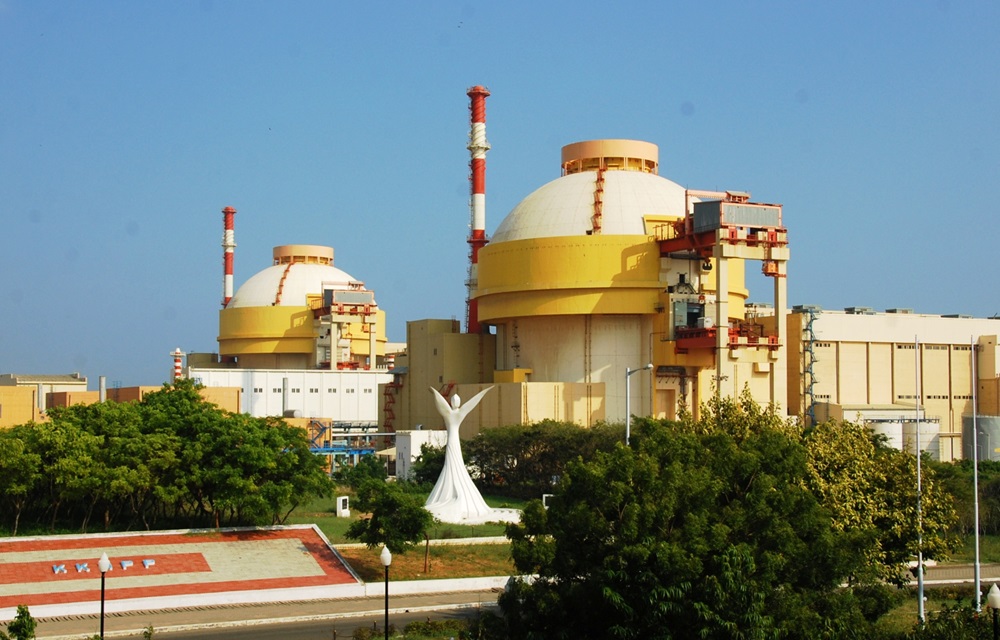Colombo seeks partners for its first nuclear power plant
Contacts with the IEA underway to define regulations and site selection criteria. Russia's Rosatom-already present in Bangladesh and India-is in the front row, but Chinese engineers and other major industry giants are also expected in the country. The crux of funding in a country still grappling with the severe economic crisis.
Colombo (AsiaNews) - The Sri Lankan government is drafting legislation to regulate nuclear power generation, and the Sri Lanka Atomic Energy Board (SLAEB) is preparing to request an expression of interest from potential investors.
A delegation from China National Nuclear Corporation (CNNC) is expected shortly to evaluate the possibility of investing in a nuclear power plant in the country. Russia's Rosatom, France's Électricité de France (EDF) and Denmark's Seaborg have also submitted proposals for nuclear power generation in the country, while the U.S.-based Ultra Safe Nuclear Corporation (USNC) and Canada's Atomic Energy of Canada Ltd (AECL) have expressed interest in investing in Sri Lanka.
To reduce carbon dioxide emissions, the government has decided to include nuclear power in its energy mix. A team of experts from the International Atomic Energy Agency (IAEA) has already carried out its own mission to verify the safety of the selection process to identify potential sites for the construction of Sri Lanka's first nuclear power plant.
Meanwhile, last week a team of legal experts left Colombo for Vienna, where the IAEA is headquartered, to discuss regulations that will govern nuclear power generation in the country.
Russia already plays a significant role in nuclear power production in Bangladesh and India: the one at Kudankulam, in India's Tamil Nadu, is only 207 kilometers from Kalpitiya in Sri Lanka's northwestern province. The Russian agency Rosatom has shown increasing interest in establishing a nuclear power plant in Sri Lanka-a high-level delegation has already held talks to this effect.
Nilanthi Kolonne and Shirantha Jayasekera, university professors of engineering, tell AsiaNews that Russia has offered assistance in terms of capacity building and training of Sri Lankan personnel in the nuclear sector.
The proposal includes the installation of newly designed small modular reactors (SMRs) with a capacity to produce up to 300 MW of electricity per unit. However, discussions on the financing model for the project, which is estimated to exceed billion, have not yet taken place.
SLAEB President S.R.D. Rosa briefed the Russian delegation on the current status of the proposal for an offshore or onshore nuclear power plant in Sri Lanka, which is still awaiting final approval from the Foreign Ministry.
"Implementation depends on the signing of an intergovernmental agreement (IGA) between Sri Lanka and Russia, which is currently pending and involves a change in current legislation. We cannot expect the cost of nuclear power to be lower than that of hydropower-it will be somewhere between the costs of thermal and hydropower."
Meanwhile, SLAEB has inspected the nuclear power plants the Russians have built in Bangladesh, and the unit price for power generation is about 27-30 Sri Lankan rupees, a cheaper option than current sources.
However, the problem is lack of funds, as the average time frame required to build a nuclear power plant is about 5-8 years and the cost between -5 billion. The government is therefore looking for investors to carry out the project.
Photo: Reetesh Chaurasia/Wikimedia







.png)










